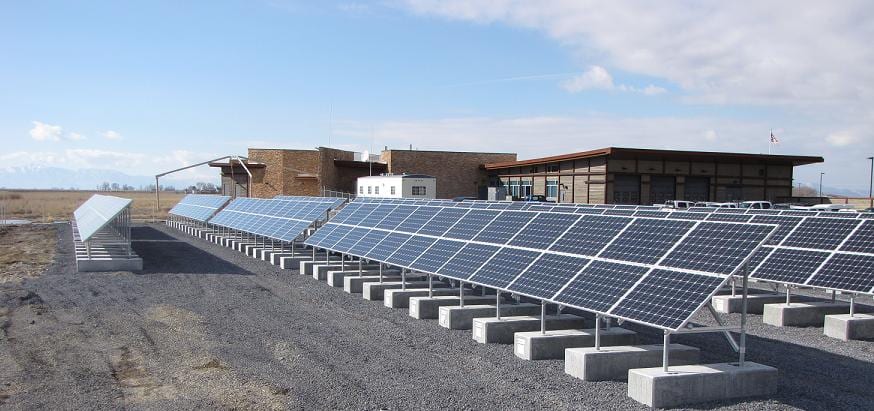nanoFLOWCELL will display a new electric vehicle powered by their nanoFLOWCELL flow battery technology at the Geneva Motor Show in March. It is called the QUANT F. Every now and then, flow battery technologies pop up, but they are rarely (if ever) used to power electric vehicles. Flow battery technology typically operates by pumping chemicals from one tank to another to recharge, and back in the opposite direction to generate an electric current. This time, nanoFLOWCELL has proven the ability of flow battery technology to perform well enough even for cars, in which weight was always a major issue.

Image obtained with thanks from nanoFLOWCELL.
This new flow battery technology enables the QUANT F to achieve a top speed of 186 MPH (although it can only sustain peak power output for a limited time, meaning that it probably can’t sustain 186 MPH for long). It’s peak power output is 1075 HP (800 kW). That’s not all, it enables it to travel 497 miles (800 km) per charge, which is far more than average. That’s not bad for an enormous 500-litre flow tank set. 500 litres of water weighs approximately 1,100 pounds (500 kg).
While this fluid isn’t necessarily as heavy as water, its weight is probably close to it. The significant weight doesn’t entail a poor energy density. It just happens to be a high-capacity battery. Apart from the battery, the AWD propulsion system consists of a 375-volt, 2,000 amp set of four motors. The voltage will be increased to 400-volts for ‘technical and economic reasons’, though.
As for the use of a clutch to activate the front axle, I am disappointed because this vehicle has four electric motors. Vehicles with this many motors can (and often are) made without any clutches or other mechanical power transmission devices. The omission of complex mechanical parts has the potential to improve reliability. Electric vehicles can be among the most mechanically simple (and reliable) vehicles, and theoretically, getting the public interested in electric vehicles entails not only promoting their inherent benefits, but manufacturers must also ensure that they don’t compromise those benefits.
Example of such compromises:
- The use of liquid-cooling systems to throttle the motor(s)/batteries more. This can lower the initial cost of the motor and batteries, however, liquid cooling systems add to the complexity of vehicles with their pumps, plumbing, etc, and they require frequent maintenance. The beauty of electric motors is their ability to achieve great performance and efficiency overall with absolutely no plumbing or maintenance. Electric motors can last well over ten years without any maintenance (not even an oil change).
- The use of modified gasoline-powered car bodies to avoid the cost of designing electric vehicles from the ground up. Such vehicles always have a trunk/bonnet full of batteries, and a hot engine bay (compromising the reliability of electronics) due to the numerous heat-generating parts crammed in it. Vehicles like the Tesla Model S, which was designed from the ground up as an electric vehicle prove with a front trunk in place of the engine bay and a spacious rear trunk prove that electric vehicles are better off designed from the ground up. The Tesla Model S is the world’s favourite electric vehicle for a reason.
I understand that the initial cost of electric vehicles is an important issue, but it is imperative that manufacturers build a solid reputation for electric vehicles by gaining consumers’ trust. Reliability is a high priority. A solid reputation has to be backed by solid construction. It would be a shame if all the money and effort put into promoting electric vehicles went to waste because manufacturers cut corners. Years from now, people need to be able to tell their peers that their electric vehicles were maintenance-free workhorses which are worth purchasing.
Apart from that, according to Green Car Congress, in the carbon-fiber car:
A 2-stage aerofoil is another new feature on the QUANT F. This is activated automatically on attaining a speed of 80 km/h (50 mph), applying additional negative lift force to the rear wheels for sporty driving, particularly at high speeds.
Source: Green Car Congress.
Also Read: Some potential reasons for Tesla Motors’ failure in China.









